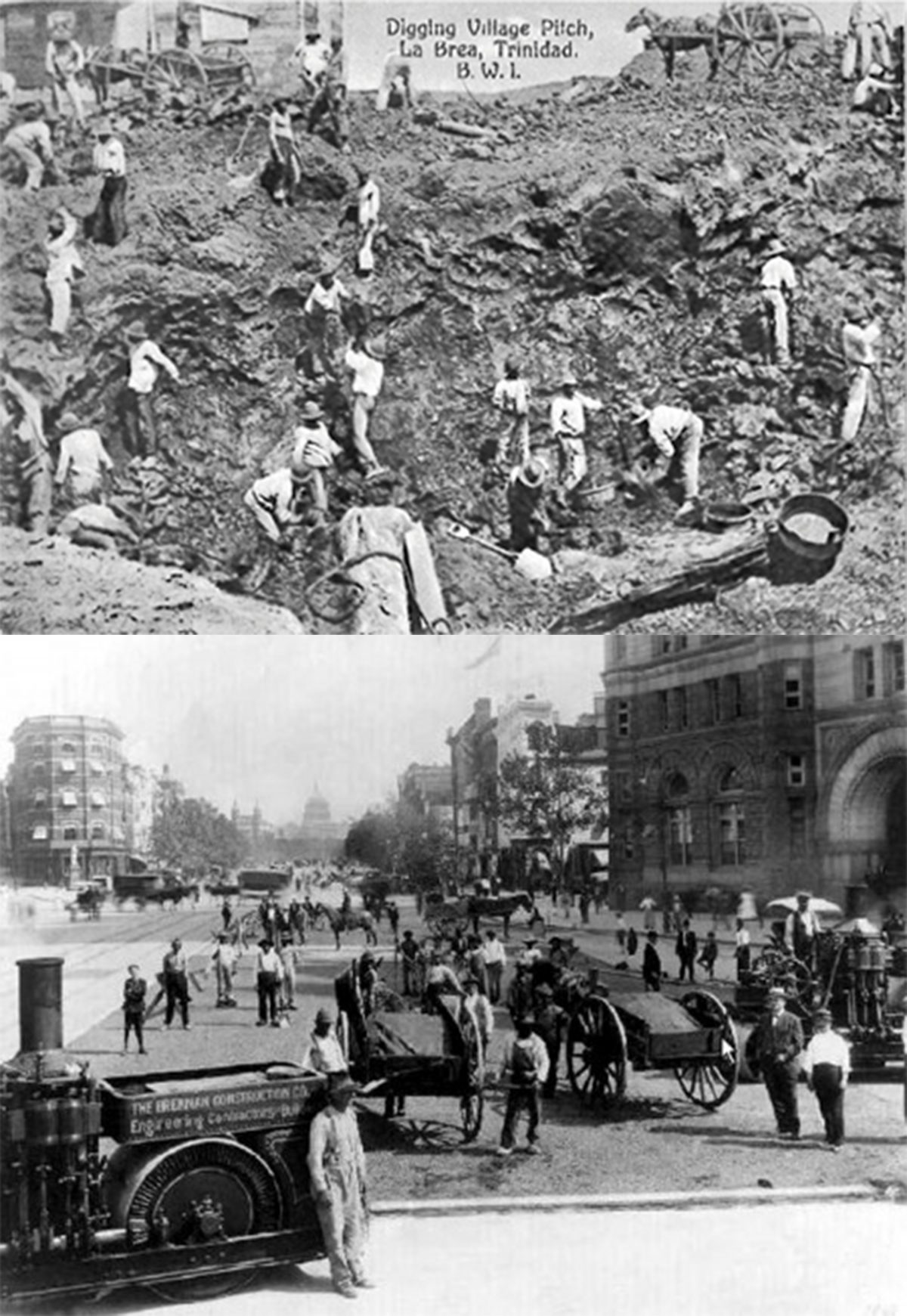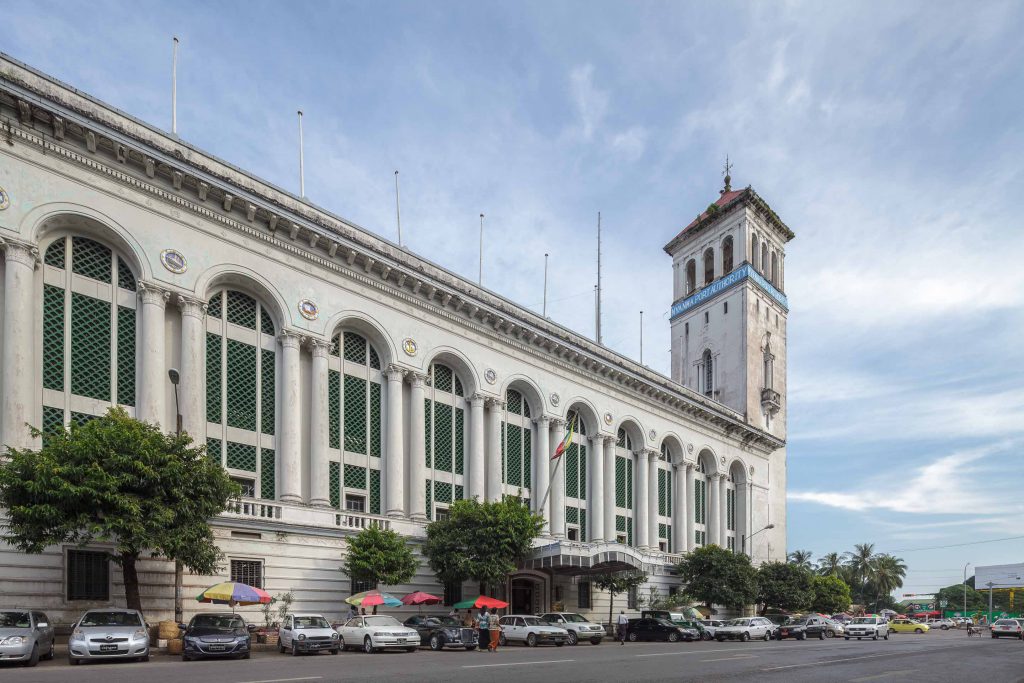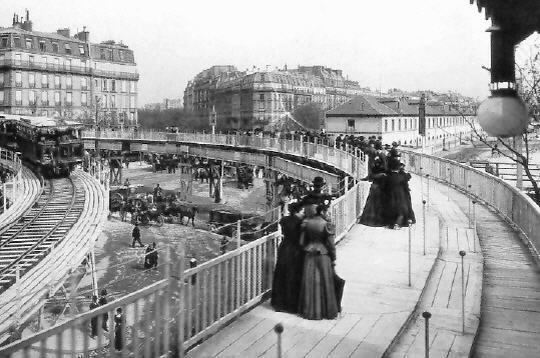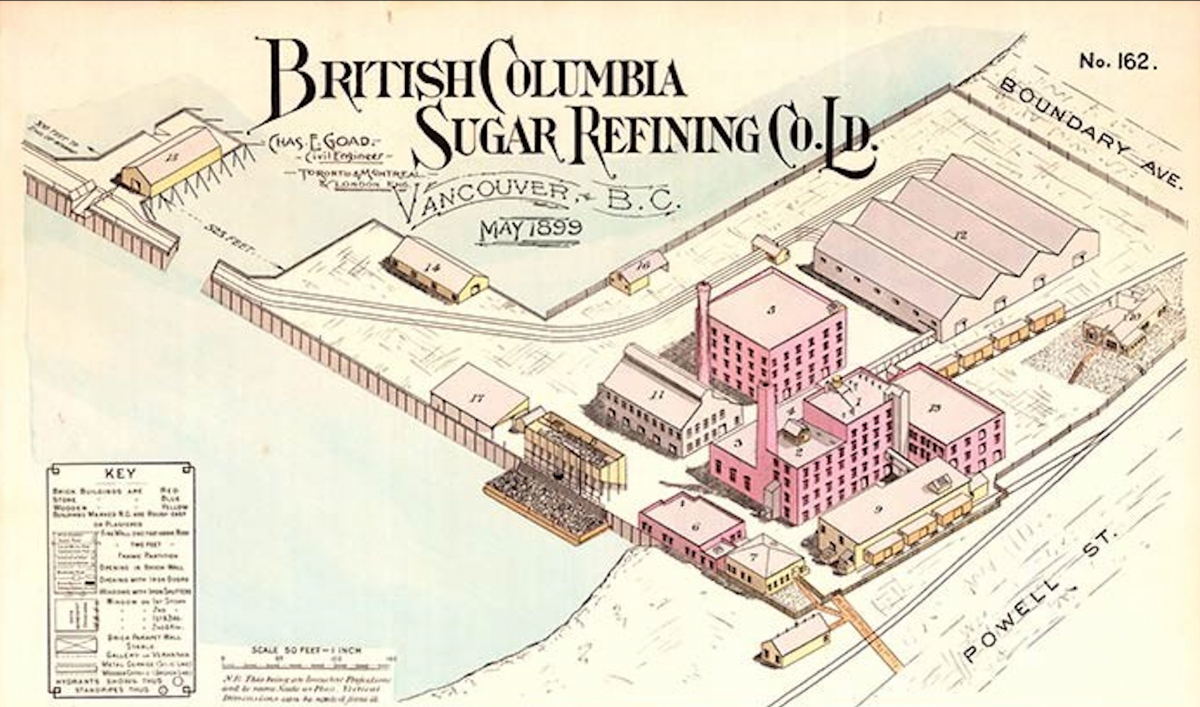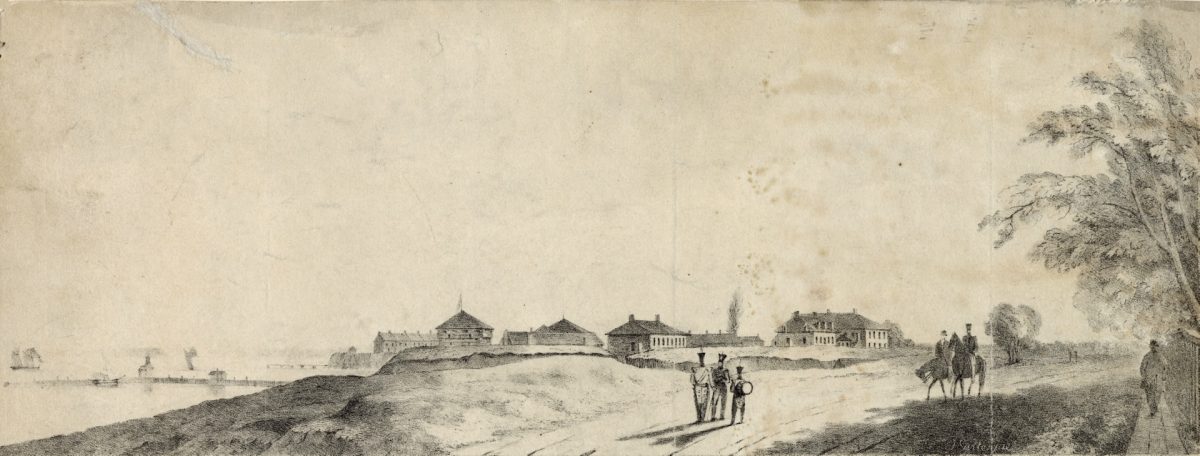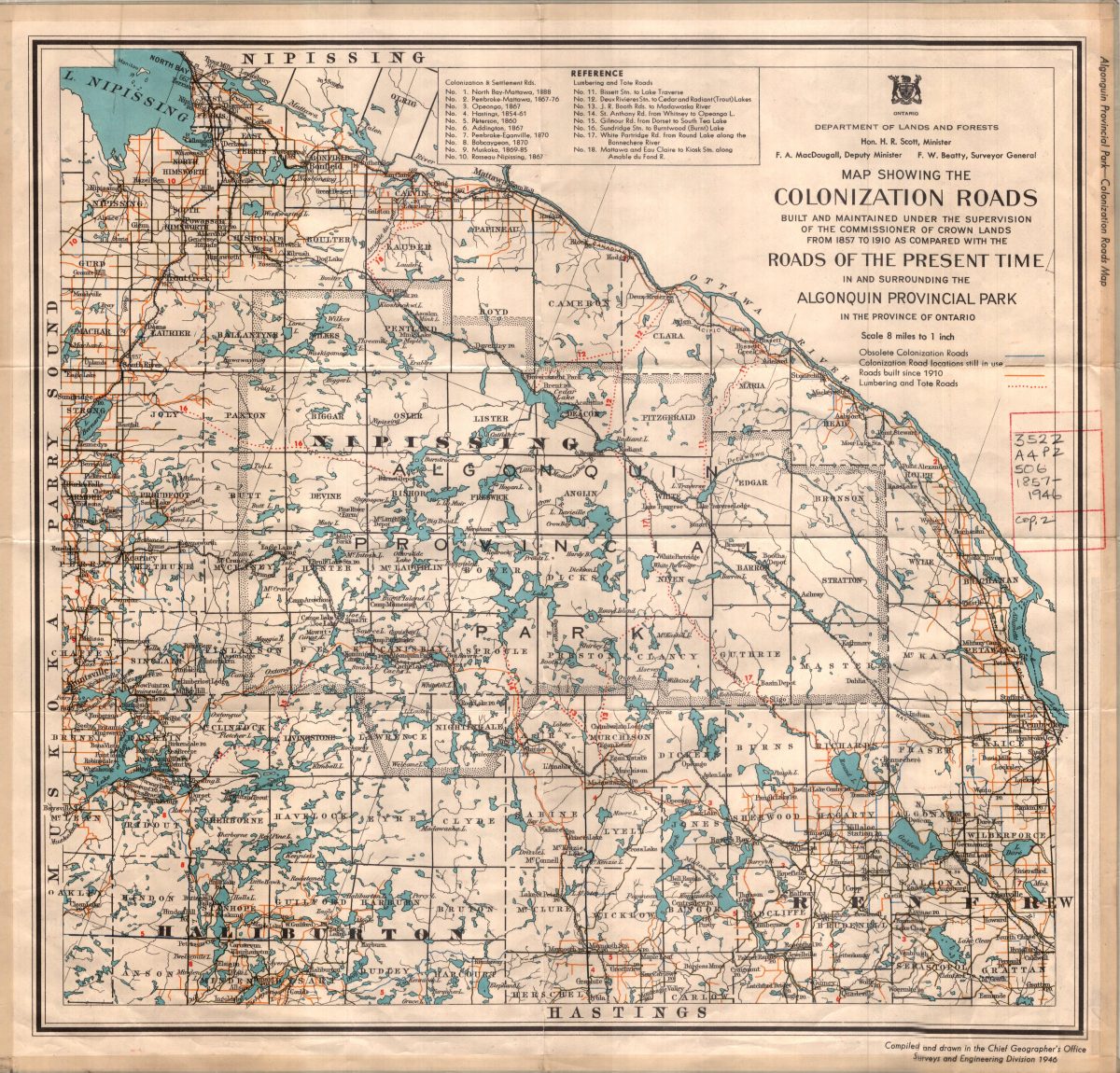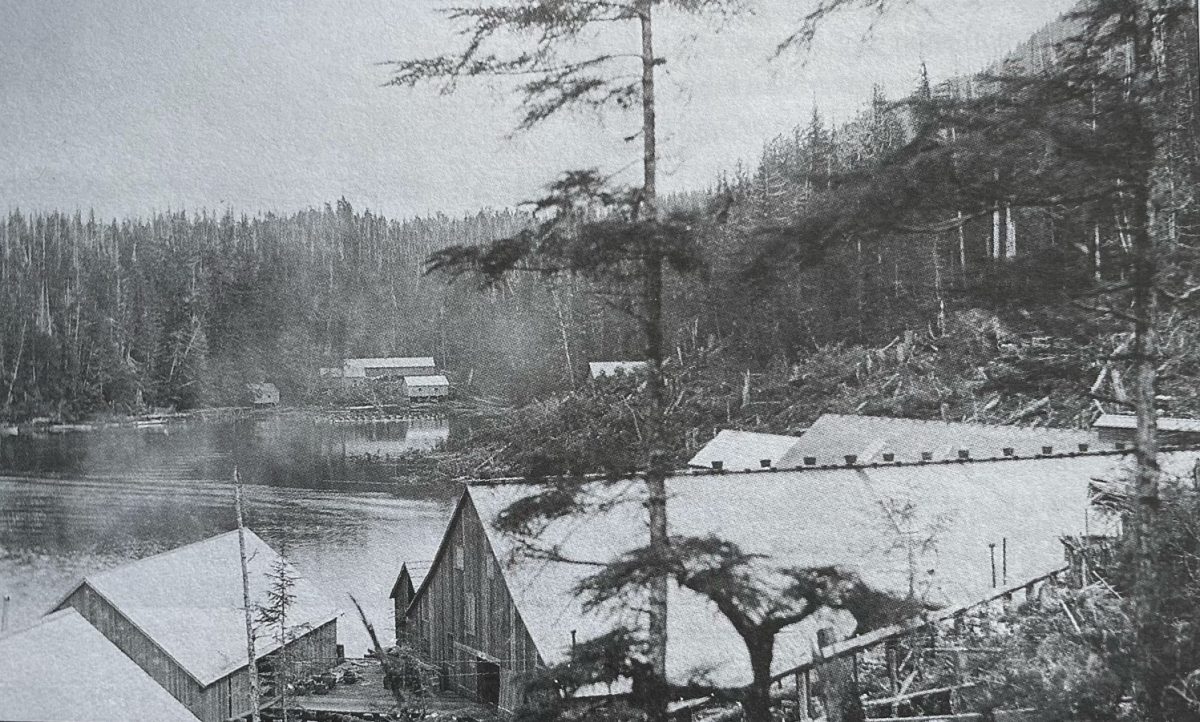Bitumen from La Brea Pitch Lake, Trinidad to Pennsylvania Avenue, Washington D.C. 1876 Diatoms are a major group of microalgae which reside in the world’s oceans, waterways, and soils. Living diatoms make up an incredibly large portion of the Earth’s biomass, constitute nearly 50% of the organic material found in the oceans, and generate between […]
